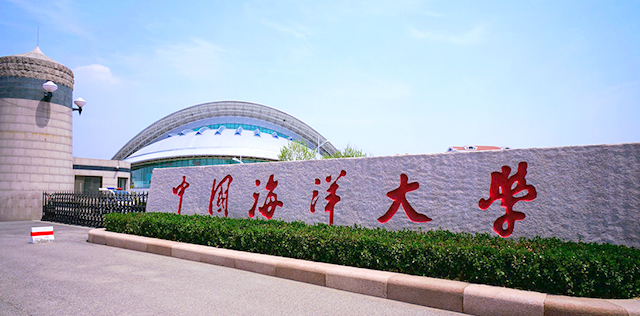



摘要:
With the implementation of the patient-mobility policy and the development of intercity transportation in China, interprovincial patient mobility has become an important phenomenon. However, little is known whether or to what extent intercity transportation reshapes the delivery of high-quality health care. This study mapped the accessibility of 41,259 township-level divisions to 1152 tertiary hospitals in multiple patient-mobility scenarios according to whether to seek interprovincial health care and whether to adopt intercity transportation. Our analysis included different transportation systems, such as conventional rail, high-speed rail (HSR), and air transport. Then the geographical detector model was used to contrast the spatial influences of different accessibility patterns on mortality. Our results show that HSR had the largest influence on the utilization of high-quality health care, while air transport was statistically insignificant. HSR can promote the equitable distribution of high-quality health care in that HSR decreases the Gini index and urban-rural disparity in accessibility by 9.52% and 13.25%, respectively. Further, a synergistic effect exists between the intercity transportation and the patient-mobility policy, which could reduce the Gini index and urban-rural disparity in accessibility by an additional 5.07% and 22.50%, respectively. Achieving high-quality universal health coverage relies on sustainable transportation policies and services.
关键词:
原文载于:https://www.sciencedirect.com/science/article/pii/S0143622823000231